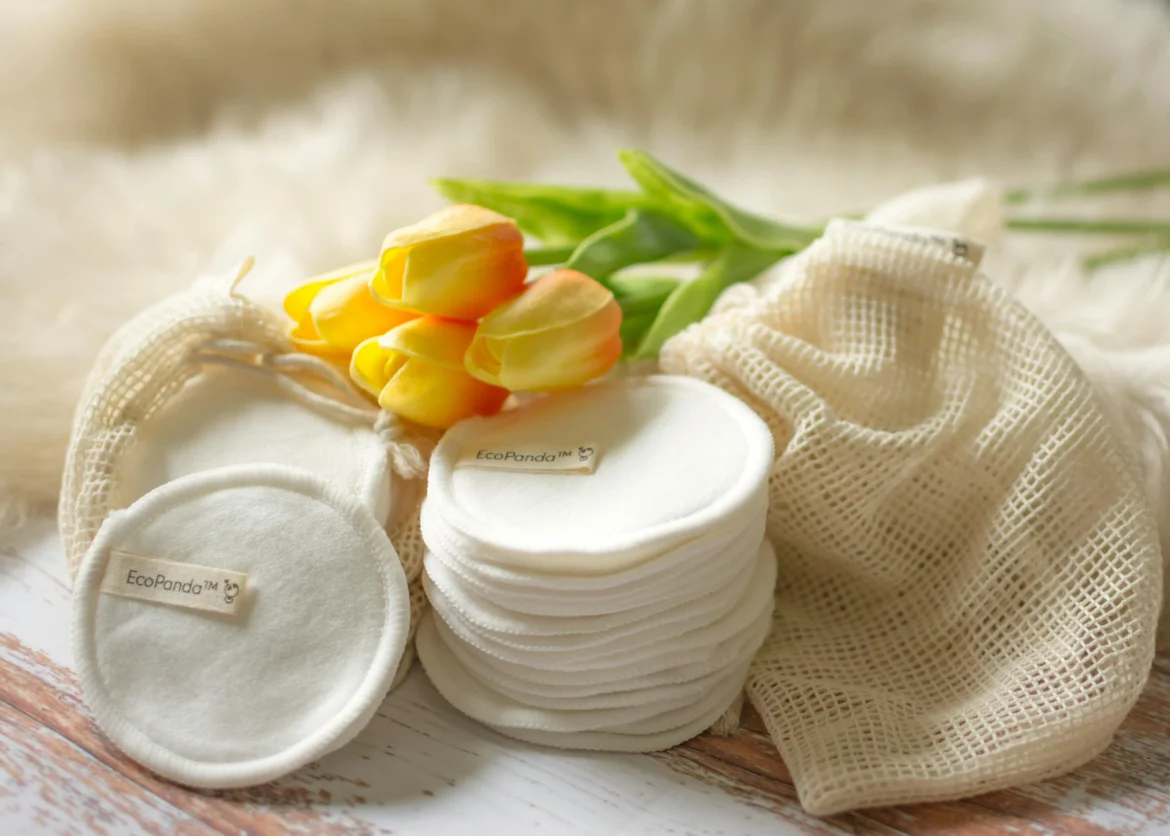Everyone knows and uses removers for their skin, but have you heard about japanese removers? They are on another level. We promise you.
Do you not believe us? Let us ilustrate you. In this guide, we’ll walk you through everything we know about Japanese removers, the double cleansing method using them, and how to pick the right formulas for your skin type.

1. How Japanese Removers Impact Overall Skin Health
Japanese skin care isn’t just about cleanliness—it’s also about fostering healthy, vibrant skin for the long haul.
Many Japanese removers focus on maintaining the skin’s natural moisture and protective barrier.
We especially appreciate how hydrated we feel after cleansing, rather than the tight or squeaky sensation that harsher products can cause. In our daily lives, that translates to a smoother surface for makeup application and better confidence thanks to our improved skin tone.
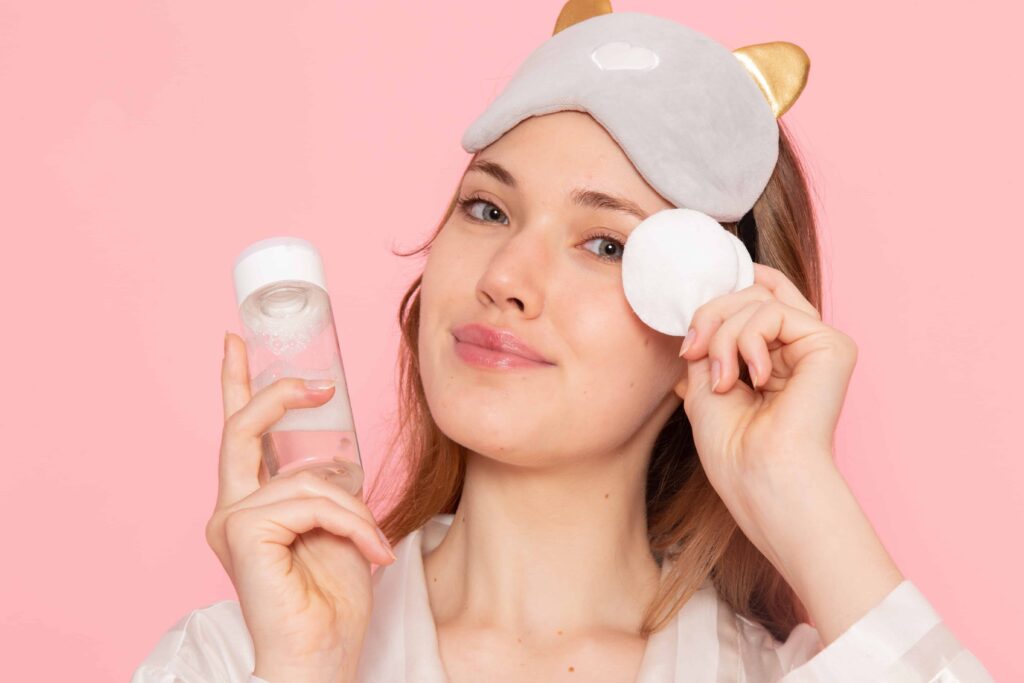
2. Understanding Japanese Layering (“Millefeuille”)
Japanese Layering—sometimes called “millefeuille”—centers on the idea of applying different products in successive layers. Each layer serves a unique purpose, helping the skin absorb active ingredients effectively.
Imagine your skincare routine is like painting on a canvas—every layer adds its own touch, building up the overall look and feel of your skin. When we started thinking like this, our skin felt better and more hydrated, with each product boosting the benefits of the one before it.
Here’s a quick look at the core stages:
| Step | Description | Key Notes |
|---|---|---|
| 1. Oil Makeup Removal | Apply oil to dry skin, massage gently, and rinse to dissolve makeup and impurities. | Removes waterproof makeup Maintains moisture Gentle and effective |
| 2 Cleanser | Follow with foam or gel cleanser to clear oil and dead skin. | Ensures deep clean Foam for lather; gel for light feel Avoids tightness |
| 3. Toning Lotion | Apply toner to balance pH and hydrate. | Restores balance Boosts absorption Preps skin |
| 4. Moisturizing Care | Use cream or gel to lock in moisture. | Prevents dryness Adapts to climate Non-clogging |
| 5. Nourishing Care | Apply serums or oils for vitamins and radiance. | Targets dullness Improves texture Deep nourishment |
| 6. Eye Contour Care | Tap eye cream to reduce puffiness and lines. | Gentle on delicate areas Hydrates under-eyes Finishes routine |

3. Japanese Removers and Double Cleansing System Explained
In Japanese skin care, the double cleanse is a foundational practice. It involves removing surface grime first, then refining your cleanse to address deeper impurities, keeping skin healthy and balanced.
3.1 Stage One: Hydrophilic Oils
Start by applying a hydrophilic oil to dry skin to dissolve makeup and impurities.
- Massage gently for about a minute.
- Focus on the T-zone where sebum accumulates.
- Rinse with lukewarm water to emulsify the oil into a milky texture.
3.2 Stage Two: Gel or Foam Cleanser
Use a gel or foam cleanser to remove oil residue and any remaining impurities.
- Start with the T-zone, then move to drier areas like cheeks.
- Preserves moisture balance by avoiding over-cleansing sensitive areas.
- Works well for those experiencing dryness after cleansing.
3.3 The Role of Cleansing Tonics
Cleansing tonics are a middle ground between foam cleansers and toners, ideal for light cleansing.
- Great for warmer weather as a refreshing alternative to foaming cleansers.
- Perfect for removing leftover makeup or as a quick morning cleanse.
- Choose alcohol-free options for drier or sensitive skin.
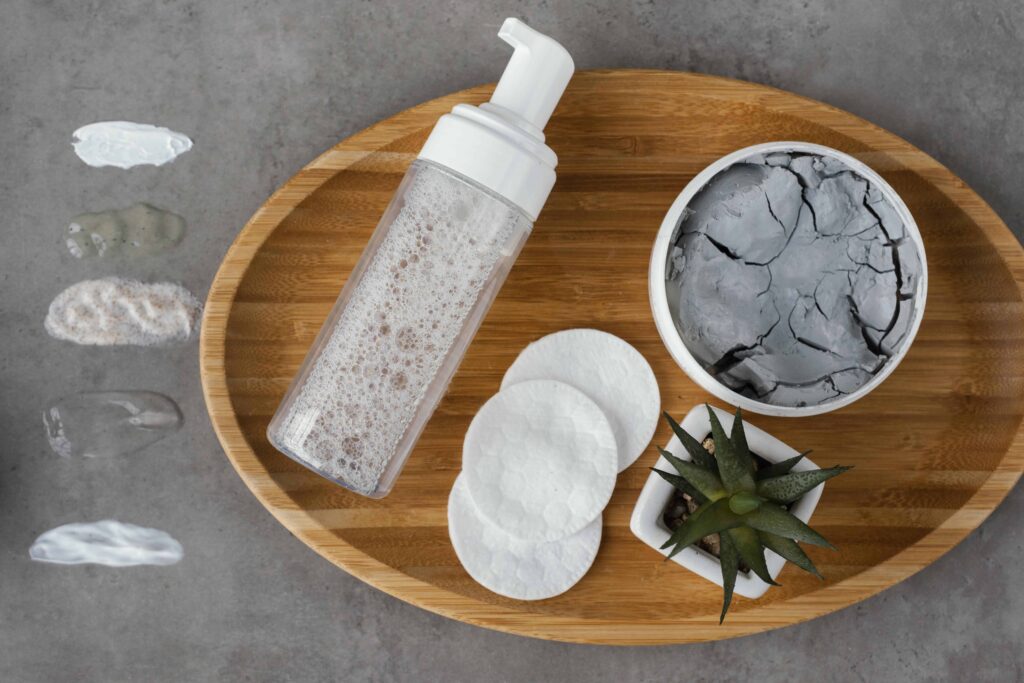
4. Picking Japanese Removers for Your Skin Type
One of the biggest breakthroughs in our skin care journey was realizing one-size-fits-all products rarely work. Different ingredients suit different needs. Here’s what we’ve learned:
| Skin Type | Recommended Ingredients | Key Tips |
|---|---|---|
| Oily Skin | Clay, salicylic acid, activated charcoal | Unclogs pores and reduces shine. Prevents blackheads and breakouts. Focus on T-zone for best results. |
| Dry Skin | Hyaluronic acid, aloe extract, gentle oils | Hydrates while cleansing. Avoids stripping natural oils. Ideal for winter tightness. |
| Combination Skin | Clay for T-zone, mild tonics for cheeks | Targets oily areas without drying others. Alternate foam and water-based cleansers. Adjust based on seasonal needs. |
| General Tips | Seasonal and age-specific needs | Use lightweight formulas in summer. Switch to richer cleansers in winter. Younger skin benefits from hydration, older skin from added nutrition. |
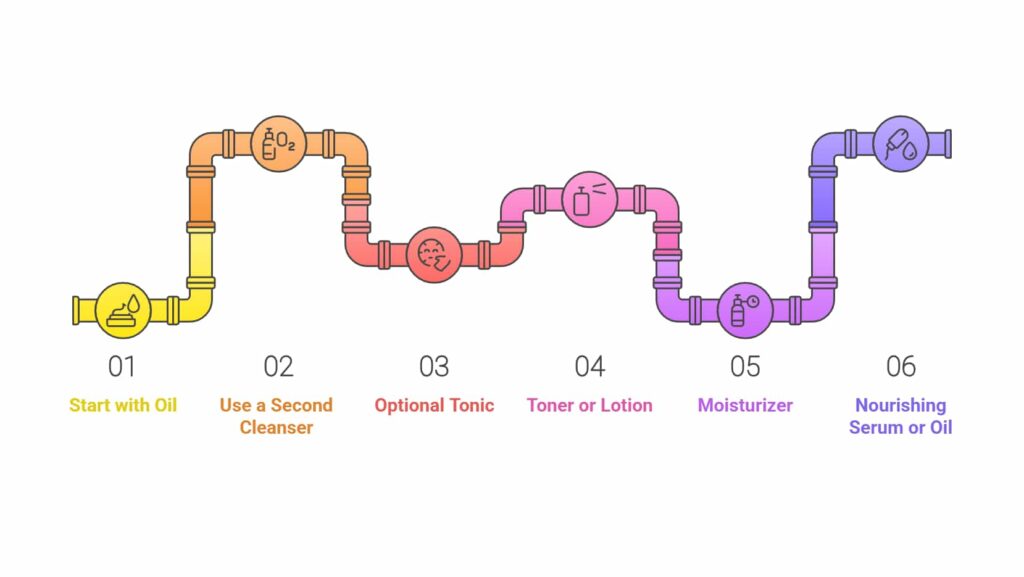
4. Japanese Removers in Practice: Our Step-by-Step
Whenever we introduce someone new to Japanese removers, we outline our basic routine:
- Start with Oil: Massage the oil into dry skin, focusing on areas with stubborn makeup. Rinse with lukewarm water to emulsify.
- Use a Second Cleanser: Pick a gel or foam. Begin with your T-zone, where oils are most concentrated, then move outward. Rinse thoroughly.
- Optional Tonic: If you want extra cleansing or a gentle morning refresh, wipe your face with a cleansing tonic on a cotton pad.
- Toner or Lotion: Pat your skin with a hydrating toner to balance pH and prep for the next steps.
- Moisturizer: Apply a hydrating cream or aloe-based product. In colder months, we go thicker; in warmer weather, we choose a lighter gel.
- Nourishing Serum or Oil: Target specific concerns like dullness or fine lines here. We sometimes add vitamin C or hyaluronic acid.
- Eye Care: Finish with a delicate tapping motion around the eyes using an eye cream. Keep the pressure soft to avoid stress on this sensitive area.
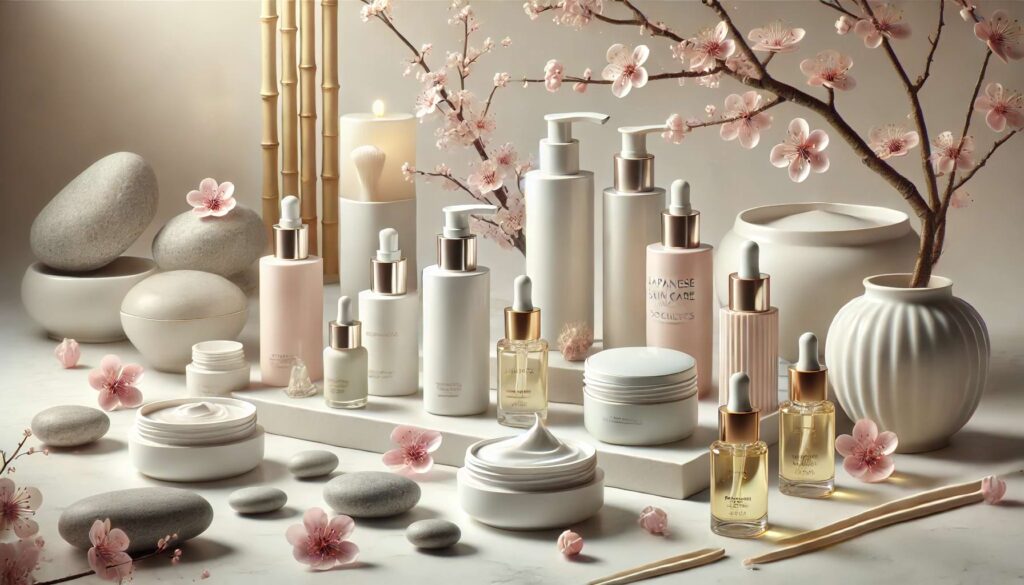
5. Japanese Removers Tips and Tricks
Through trial and error, we’ve discovered a few helpful habits for making the most of Japanese removers:
- Patience Pays Off: Rushing through oil cleansing can leave behind traces of makeup. Give yourself a solid minute of massage time.
- Mind Your Water Temperature: Scalding water can exacerbate dryness, while very cold water might not remove residues effectively. Lukewarm is your best friend.
- Don’t Overdo It: Some of us worried that double cleansing might be too intense. But if the products are gentle and properly formulated, our skin actually feels softer afterward. Still, pay attention to signs of tightness or discomfort.
- Check for Seasonal Adjustments: In winter, we might incorporate an extra hydrating lotion or a richer cream after cleansing. Summer might call for a lighter approach.
We’ve also dabbled in mild exfoliation a few times a week, depending on our skin’s condition.
This might involve a gentle scrub or an enzyme powder. However, we’re careful not to over-exfoliate, it will harm your skin.
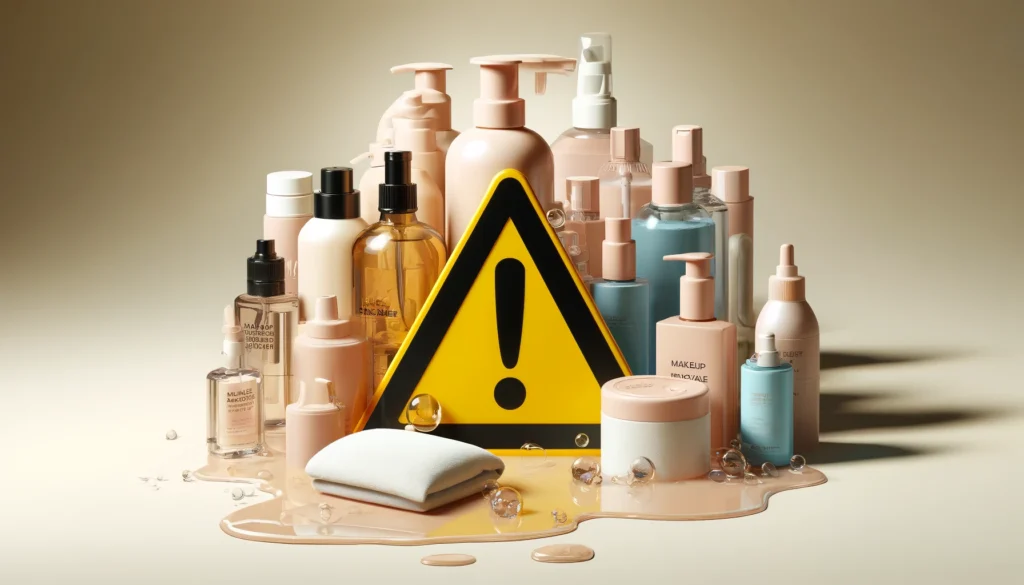
6. Common Mistakes to Avoid
In our early days of experimenting, we made a few missteps:
- Using Abrasive Products Together: Pairing a harsh scrub with a drying cleanser leeaves the skin red and sensitive.
- Skipping Moisturizer: Lightweight moisturizer keeps oil production in check by preventing dryness.
- Buying Based on Hype Alone: We’ve wasted money on fancy bottles recommended by not very knowledgeable people. Trust only good sources. Like us.
FAQ
What is the two-step cleansing system, and why is it so popular in Japanese skin care?
The two-step system starts with a hydrophilic oil to break down makeup and daily grime, followed by a gentle foam or gel cleanser to remove any lingering residue. This thorough yet non-stripping approach is popular because it leaves skin feeling deeply clean but never tight, helping maintain a healthy, radiant complexion.
Do I really need both an oil-based remover and a regular cleanser if I don’t wear heavy makeup?
Even if you wear minimal makeup, using an oil-based remover first can help lift dirt, sunscreen, and pollution more effectively than a single cleanser alone. Then, a mild cleanser ensures nothing is left behind. Most people notice fewer breakouts and smoother skin when they adopt both steps.
How does Japanese Layering differ from my usual skin care routine?
Japanese Layering, sometimes called “millefeuille,” involves applying products in a specific sequence so each layer can fully absorb before moving to the next. It’s more structured than a typical Western routine, focusing on gentle steps and hydration rather than harsh exfoliation or strong actives in a single step.
Can I use a cleansing tonic instead of a foam or gel in the morning?
Yes! Many people find that a cleansing tonic is a quick, refreshing way to remove excess oil and nighttime buildup first thing in the morning. It’s gentler than a full foam cleanse and can help maintain your skin’s moisture balance—especially handy if your skin feels tight after regular cleansers.
What if I have sensitive or combination skin—will Japanese removers still work for me?
Absolutely. Japanese removers are known for their gentle formulas, making them suitable for most skin types, including sensitive or combination skin. Look for oil cleansers labeled “mild” or “for sensitive skin,” and pair them with low-pH foams or gels. Adjust your products if you notice dryness on your cheeks or excess oil in your T-zone to keep your skin balanced.
Table of Contents
